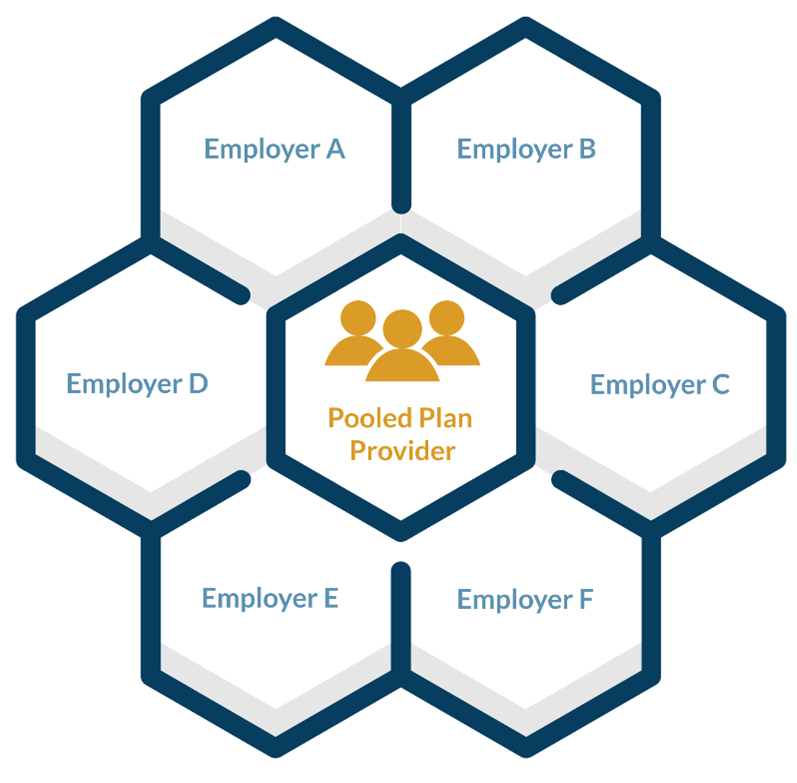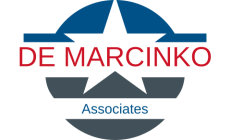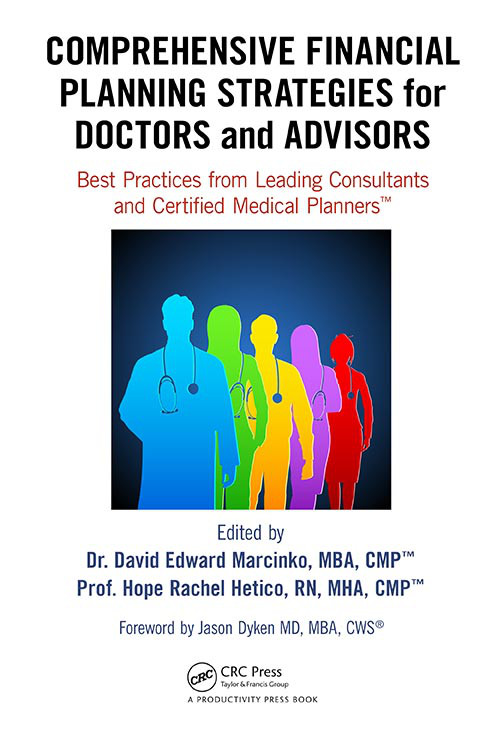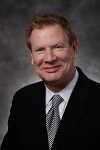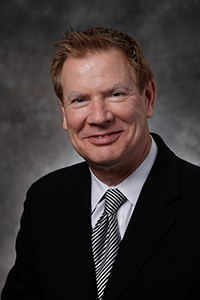What they Are – How they Work
By Staff Reporters
Motivated by cost savings, an increasing number of hospitals, healthcare systems and large healthcare organizations are converting their traditional legacy defined benefit pension plans to cash balance plans. While the trend seems sudden, it is not surprising. Healthcare related companies are reaping substantial savings from cash balance plans. And for the most part, younger doctors and other employees are enthusiastic about the plans.
However, older employees (age 50 or above) realize that in switching from a traditional defined benefit [legacy] plan to a cash balance plan, their retirement benefits decreased, initiating an onslaught of overwhelmingly negative publicity. Indeed, several years ago, Congress rushed to pass legislation requiring employers to provide benefits computations to affected employees.
Overview
Even though many defined-benefit plans are under/over-funded, they are calculated on an actuarial basis and are quite costly to maintain. And because plan costs can vary from one year to the next, budgeting is difficult.
However, if a healthcare company terminates a pension plan, replacing it with a defined contribution plan such as a profit sharing plan, all employees must be 100% vested, any surplus is subject to income tax, and a portion of the surplus is subject to an additional excise tax even if all of it is transferred to a succession plan. A cash balance plan is a pension plan, so the change is viewed as an amendment to the pension plan. This is true even though in many respects the cash balance plan operates like a defined contribution plan.
The Cash Balance Plan
A cash balance plan works in the following manner: The sum accrued in a hospital’s employee’s defined benefit plan is converted to a lump sum cash value; the employer agrees to make specified contributions to the employee’s account based on compensation; and the account earns a specified rate of interest, say 5%. The employee receives regular statements showing the current cash value of his or her account. [The amount is listed as a lump sum amount even though it is usually paid as an annuity].
If the hospital or other employer already has a defined benefit pension plan and converts it to a cash balance plan, there is no tax on the surplus. The reason, as noted above, is that a cash balance plan is treated as a pension plan. Thus, the employer merely amended its pension plan and can use the existing surplus to provide the required contributions, which are usually less than the actuarial costs of maintaining a traditional pension plan. And, in the former bull market this recent decade, many employers did not have to make contributions at all. Today, of course, the opposite may be true.
Example
Let’s say the average earnings on an investment is 15%, and the rate of interest payable to the plan is 5%. In recent years, many funds have earned 15% or more if they invested in an index fund. It was thought that, if continued, it would be quite some time before some employers are required to make any contributions out of their own funds. Not so today, however.
Clearly, the savings can be substantial, and the costs of maintaining the plan are easily budgeted for. These advantages convinced some public utilities, telephone companies, financial, hospitals and healthcare institutions to convert their plans to cash balance plans.
Impact on Employees
The cash balance plan is actually a hybrid plan—a cross between a traditional defined benefit pension plan and a defined contribution plan. But one of the key differences between the cash balance plan and a defined benefit plan is the manner in which the benefits are calculated. In a traditional defined benefit plan, an employee’s retirement benefit grows slowly in the early years and more rapidly as he or she approaches retirement. By contrast, a cash balance plan increases growth in the early years and decreases growth in later years of employment.
Youngsters
Younger healthcare employees usually liked the change; before the recent financial meltdown. Their accounts were portable; they grew quickly; and could be rolled over into an IRA or into a new employer’s plan. And, their account balances were listed as lump sums, so they know precisely how much they’ve accumulated. Today unfortunately, they have mostly been decimated.
Oldsters
Older healthcare employees initially liked the concept because the values of their pensions (on an actuarial basis) were converted to dollar amounts so they could see how much had accrued in their accounts without having to calculate an anticipated pension award. But, after further review, it was evident that upon retirement the cash bonus plans would yield smaller pensions than the defined benefit plans. Opinions differ today?
Health Workers in the Middle
When a hospital or similar entity converts from a defined benefit plan to a cash balance plan, employees their late 40s may see their pensions reduced by 25% or more while older employees see reductions of up to 50%. If the formula for calculating benefits under the defined benefit plan is 2% times years of service, and high-five compensation, then each year of service increases an employee’s pension. More importantly each time high-five compensation increases, the amount is accrued back to the employee’s original date of employment. So, as a hospital employee gets older, the high five-has tremendous impact. An employee who is age 60 can actually accrue most of his or her pension in the last five years of employment.
www.HealthDictionarySeries.com

No “Mo”
Cash balance plans don’t have that type of momentum [“Mo”]. The company contributes a certain amount based upon compensation and a specified interest rate. Usually, the interest rate is based on the 30-year treasury rate (approximately 2.5%).
Closing the Gap
Some employers are offering a grandfathered benefit designed to reverse the penalty for older workers. For example, employees within 10 years of retirement (usually age 65) will receive the greater of the cash balance plan or the pension under the original plan. This reduces the cost savings for the company.
Some employers increase the contribution percentage for employees based on age (i.e., 7% of compensation is contributed for employees aged 40—rather than the standard 5%—and 9% of compensation for those aged 50).
Assessment
Finally, some hospital employees are offered special “sweetners” in the form of additional lump sum credits when converting from an existing plan to a cash plan. The best benefit provides that all existing employees will receive the greater of the old plan or the new plan upon retirement. Only a small number of employers typically adopt this approach.
Conclusion
And so, your thoughts and comments on this Medical Executive-Post are appreciated. Nurses, hospital workers and hospitalists – please opine and subscribe to the ME-P here – it’s fast free and secure:
Link: http://feeds.feedburner.com/HealthcareFinancialsthePostForcxos
Speaker: If you need a moderator or speaker for an upcoming event, Dr. David E. Marcinko; MBA – Publisher-in-Chief of the Executive-Post – is available for seminar or speaking engagements. Contact: MarcinkoAdvisors@msn.com or Bio: www.stpub.com/pubs/authors/MARCINKO.htm
Get our Widget: Get this widget!
Our Other Print Books and Related Information Sources:
Practice Management: http://www.springerpub.com/prod.aspx?prod_id=23759
Physician Financial Planning: http://www.jbpub.com/catalog/0763745790
Medical Risk Management: http://www.jbpub.com/catalog/9780763733421
Healthcare Organizations: www.HealthcareFinancials.com
Health Administration Terms: www.HealthDictionarySeries.com
Physician Advisors: www.CertifiedMedicalPlanner.com
Subscribe Now: Did you like this Medical Executive-Post, or find it helpful, interesting and informative? Want to get the latest E-Ps delivered to your email box each morning? Just subscribe using the link below. You can unsubscribe at any time. Security is assured.
Link: http://feeds.feedburner.com/HealthcareFinancialsthePostForcxos
Filed under: Accounting, Career Development, Financial Planning, Investing, Retirement and Benefits, Taxation | Tagged: 401(k), 403(b), cash balance plans, defined benefit plans, defined contribution plans, fringe benefits, IRA, oth IRA, retirement planning | Leave a comment »
















